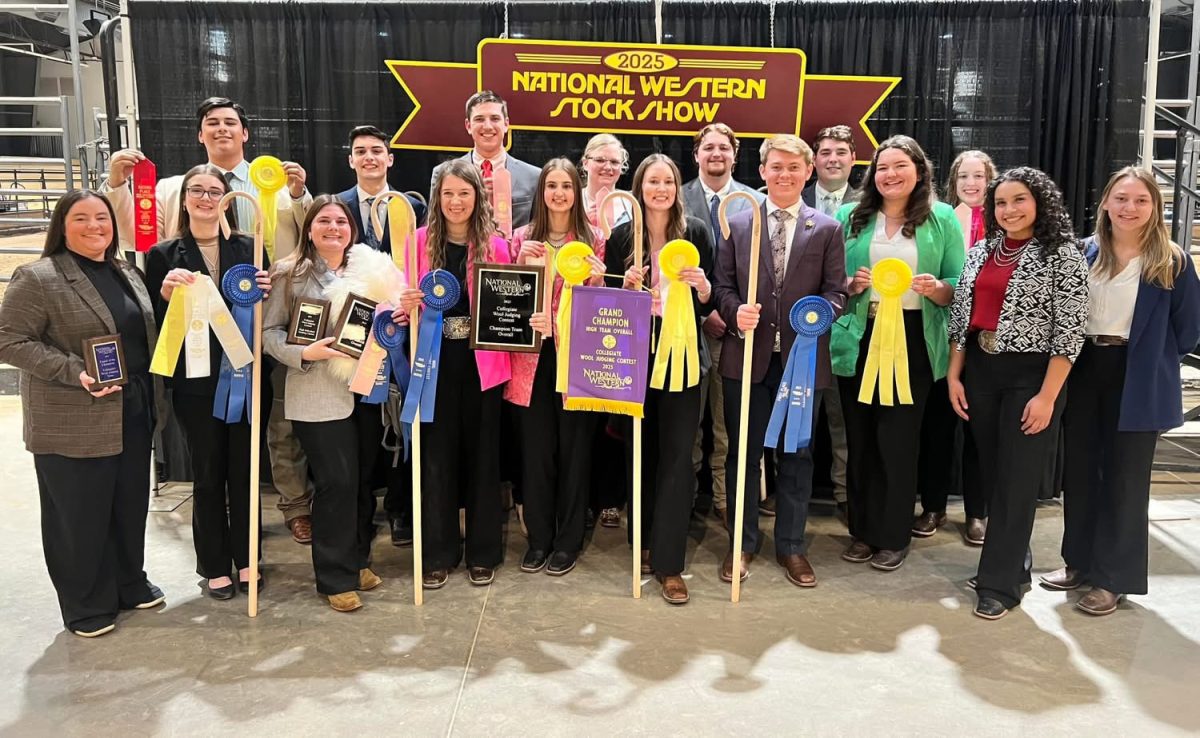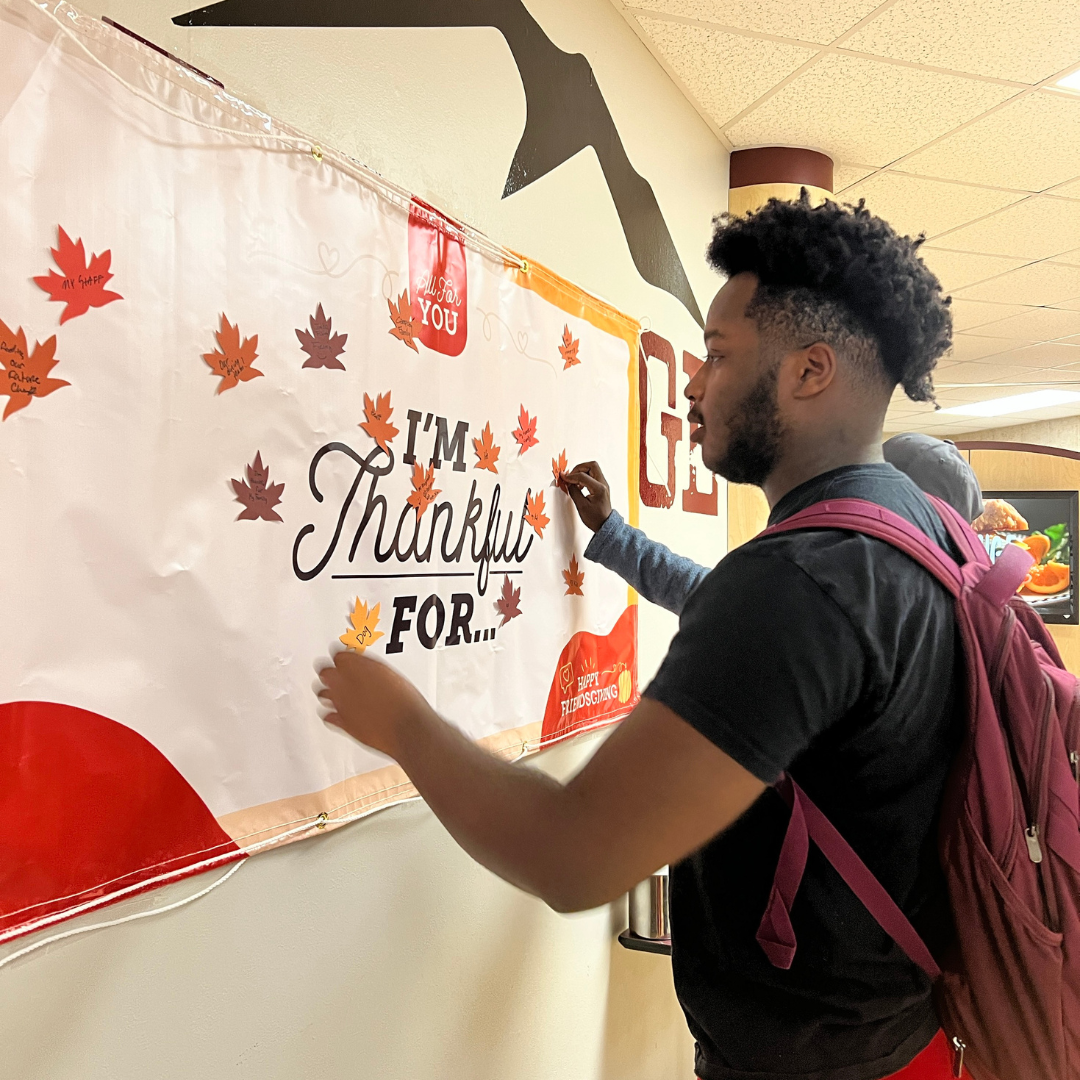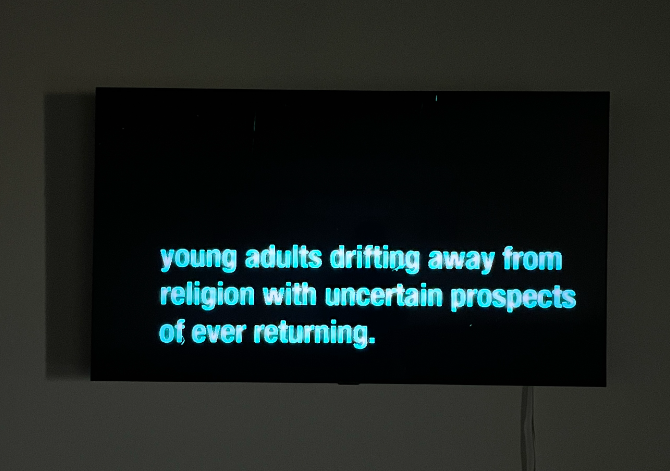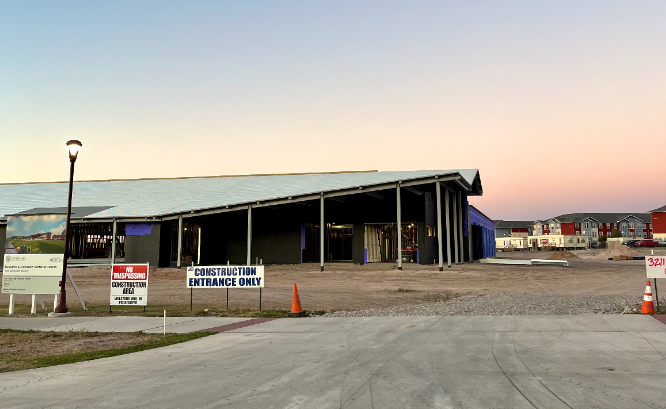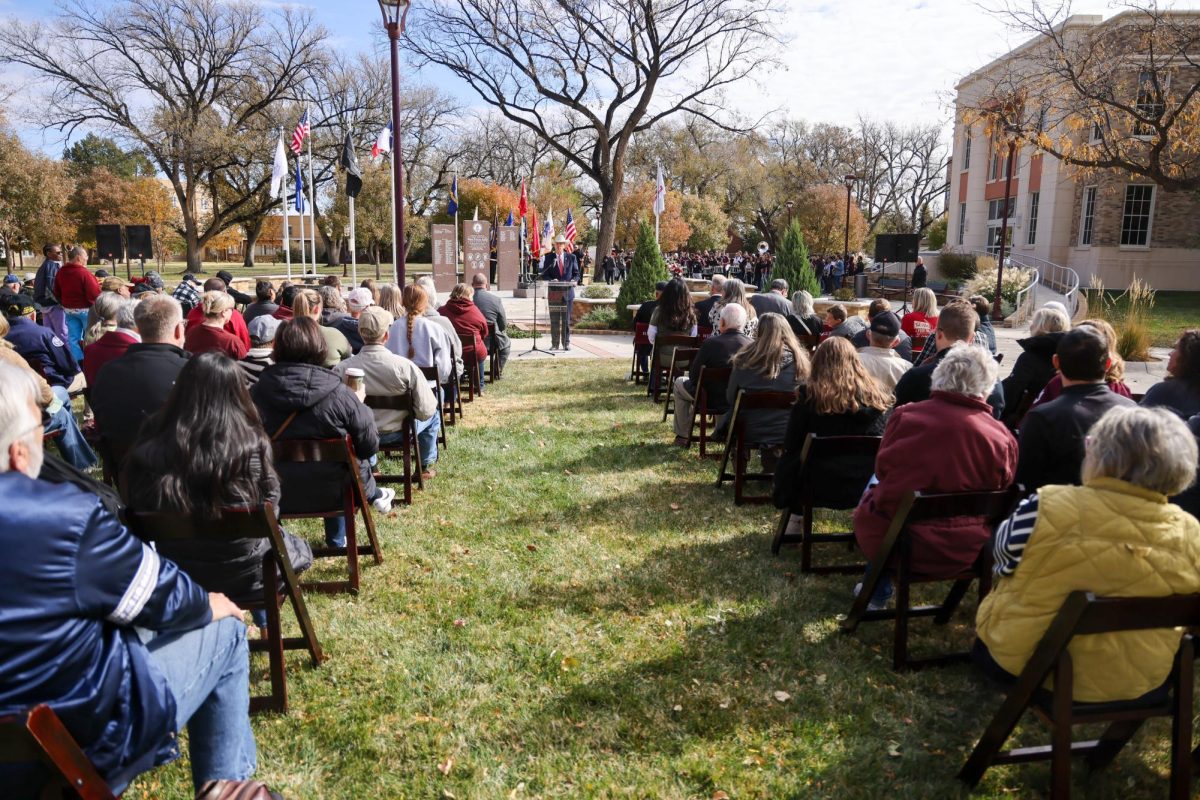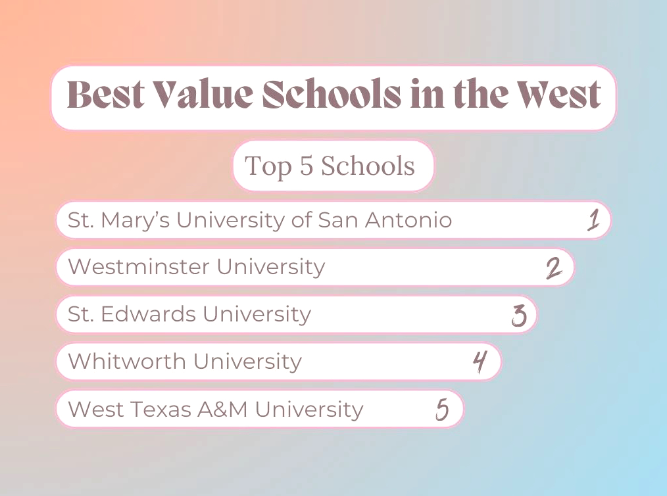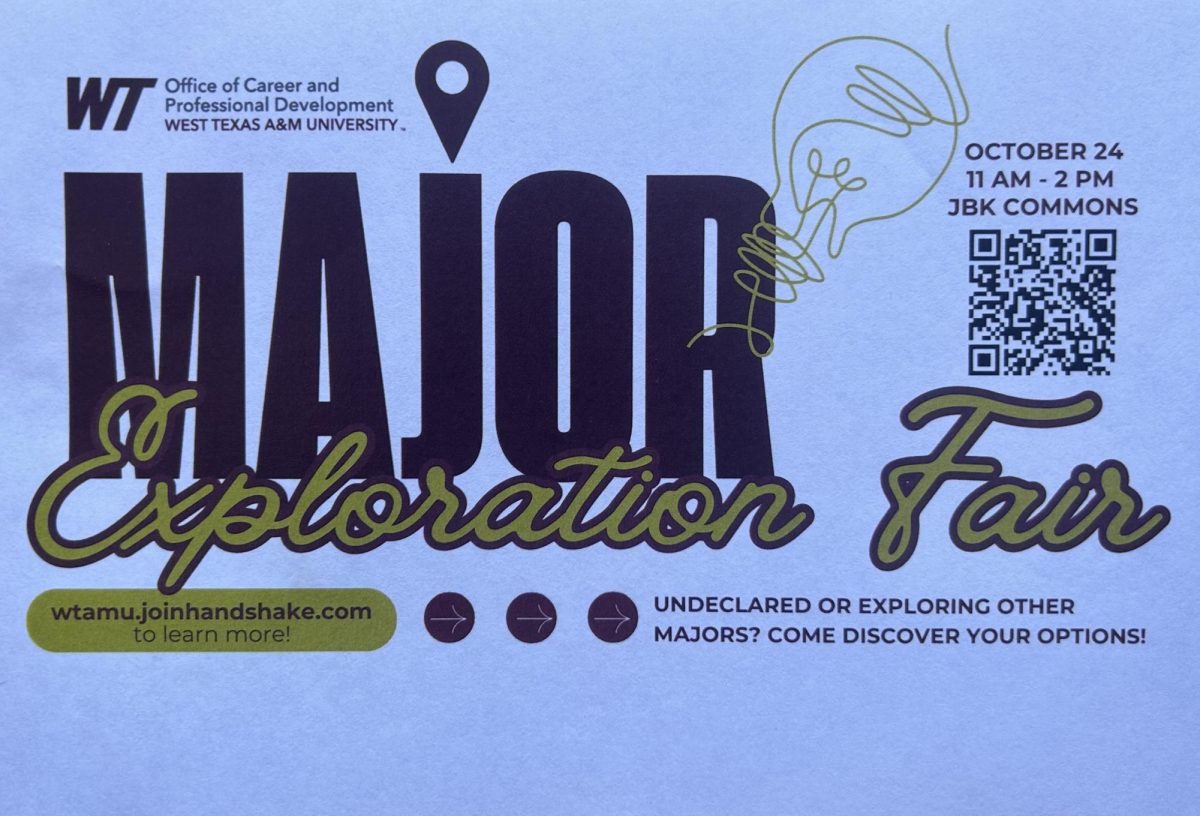
“I know they will be proud to say they participated in this global event that only three universities in the entire United States were a part of,” George Lozano, senior Advertising and Public Relations major with a minor in Marketing, said.
Recently, WTAMU’s Mass Communication department collaborated with other countries around the world by producing 12 hours of news coverage for the Global News Relay. The production started at 9 am March 27 and went to 9 pm that night, though because of the time difference Melbourne’s RMIT University was uploaded later in day. The production consisted of constant news from around the world, each entailing stories typical for that country.
“The content is a great way to show how great WT is [and what goes on within its campus],” Randy Ray, Instructor and the Director of Broadcast Engineering, said.
The stories were a mixture of hard and soft news. They were pre-recorded then all stories were aired on YouTube as a single stream.
“It was stressful, but tons of fun,” Avery Taylor, junior Broadcasting and Electronic Media, said. It was a fantastic learning experience and I was very grateful to be a part of it.”
Each university had between 30 minutes and two hours for their production.
The Mass Communication students produced two hours of local television news content that was broadcasted worldwide via the Internet at atquaysnews.net. The students prepared their portion of the broadcast on March 18.
“Students jumped right on board, their running the show,” Dustin Hahn, Mass Communications instructor, said.
Within WT’s department of Mass Communication, there were approximately 30 students that contributed along with five faculty members who oversaw or helped with the production itself. A few of the campus media organizations, The Prairie, the Eternal Flame, KWTS 91.1 FM The One, and WTTV News One also collaborated on the project.
These organizations were involved with Global News Relay from the beginning.
The writing and the editing of the stories was done by The Prairie and the News One classes. The stories were then passed off to the anchors, where they had to be rehearsed for the final performance. Multiple takes were taken from different blocks from the script rundown from earlier WTTV news broadcasts.
Other aspects such as lighting, camera angles, audio levels and other technical things were taken into consideration when filming and producing. The production was then past off to the post production crew who edited the broadcast before sending it in.
“Students worked very well together to produce a show worthy of kings,” Lozano said.
Students that participated had the opportunity to do the writing for the content, running the cameras and teleprompter as well as holding positions such as technical director, director, anchors, and audio.
The idea for Global News Relay came from Sarah Jones, a lecturer from University of Salford, in the United Kingdom.
The idea was to” allow the students hone in on their news gathering technique,” as the journalism.co.uk website says. Next year, the plan is to have 24 schools be involved instead of 12 and run for a full 24 hours.
“I was offered the opportunity by the News One class that I’m apart of on campus,” Taylor said. “I would gladly repeat the process and partake in the event again next year if it were available.”



